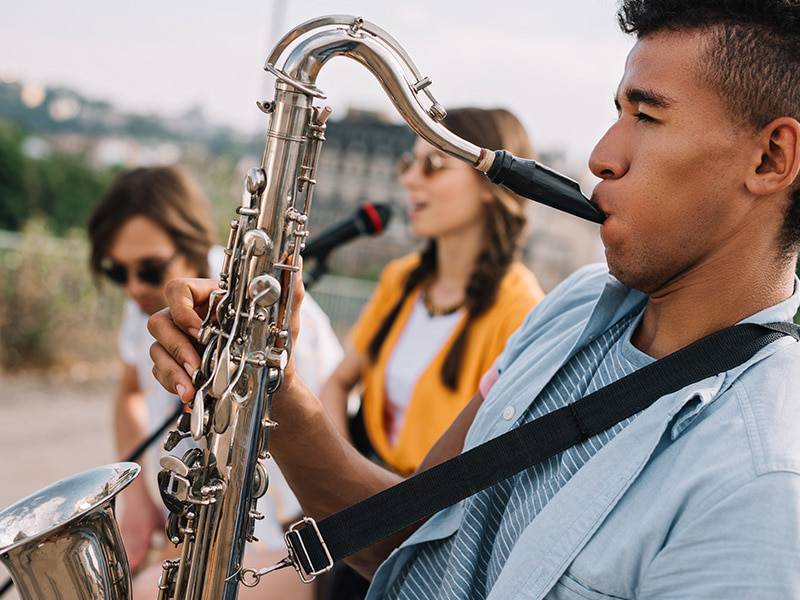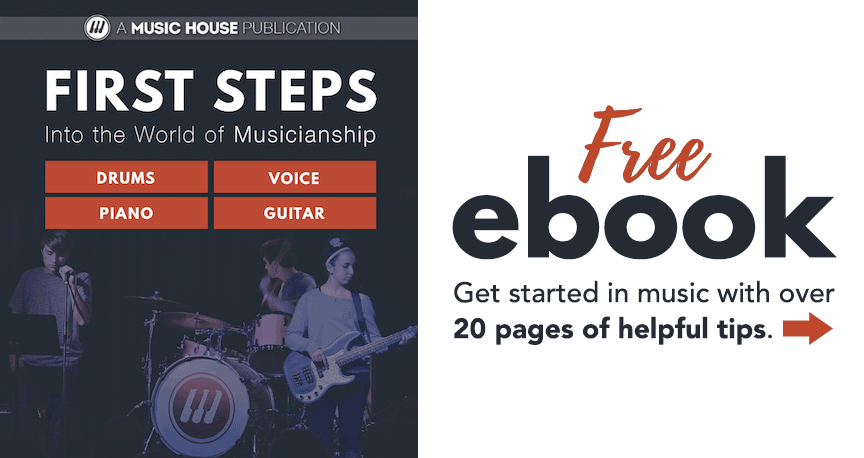How To Choose The Right Brass Or Woodwind Instrument For Beginners
Are you interested in learning a wind instrument but not sure where to start? You're not alone, it can feel overwhelming for beginners to decide which path to take. Brass and woodwind instruments are among the most popular options, often sparking excitement in new musicians. But with so many choices within each category, selecting the right one can be challenging.
At Music House School of Music, we know how important the right instrument and guidance are for shaping a student’s musical journey. That’s why we’ve put together this beginner-friendly guide covering the most common brass and woodwind instruments, along with expert tips to help you choose the one that suits you best. Let’s get started.
Commonly Used Brass Instruments
Brass instruments create sound through lip vibration against a mouthpiece, producing bright, bold tones. They're staples in many genres and offer excellent opportunities for beginners with brass lessons. Here are a few of the most popular brass instruments:
1. Trumpet
A bright and powerful-sounding instrument, the trumpet is a great fit for orchestras, jazz bands, marching bands, and even mariachi groups. Its versatility makes it one of the most widely used brass instruments in classical, jazz, pop, and folk styles.
2. French Horn
Known for its warm, mellow tone, the French horn is often found in orchestras, chamber groups, and occasionally in jazz, pop, and rock settings. Its coiled tubing and flared bell help it blend beautifully with other instruments.
3. Trombone
Unique among brass instruments, the trombone uses a slide rather than valves, allowing for smooth pitch changes. It's used in classical, jazz, rock, and marching bands, and is a fun, flexible option for adventurous learners.
4. Euphonium
This low-pitched, conical-bore instrument is ideal for beginners drawn to deeper tones. You'll find it in brass and concert bands, orchestras, and even jazz and pop. Its smooth sound and comfortable range make it a great entry point for those interested in lower brass.

Commonly Used Woodwind Instruments
Woodwind instruments produce sound by blowing air through a reed or across a mouthpiece. Though many are now made of metal or resin, they still belong to the woodwind family due to their design origins. Here are some beginner-friendly options:
1. Flute
Lightweight and easy to carry, the flute offers a bright, airy tone and is popular in orchestras, bands, and solo work. It’s ideal for those interested in classical, jazz, pop, and folk genres and who are comfortable with breath control.
2. Clarinet
A single-reed instrument with a warm tone and wide range, the clarinet is used in everything from orchestras to jazz bands to folk ensembles. Its versatility and approachable design make it a smart choice for beginners.
3. Saxophone
Known for its smooth tone and expressive style, the saxophone is commonly found in jazz, classical, and pop settings. It’s available in several types, alto, tenor, and baritone are the most popular, and its intuitive key layout makes it beginner-friendly.
4. Oboe
A double-reed instrument with a distinctive, rich sound, the oboe is most often used in classical and film music. While it can be tricky to learn at first, it’s a rewarding option for players who want something unique and expressive.
Tips For Choosing The Right Brass And Woodwind Instrument
Choosing the right instrument goes beyond sound alone. Here are a few important factors to consider:
- Know Your Musical Goals: Are you planning to join a band, orchestra, or jazz group? Different instruments fit different ensembles.
- Consider Portability: Some instruments are bulkier or heavier than others, keep that in mind if transportation or handling is a concern.
- Factor in Budget: Instruments vary in cost and may require extras like reeds, mouthpieces, or carrying cases.
- Ask for Expert Advice: Talk to instructors or experienced players. Their input can help you narrow down your options based on your goals and physical comfort.
- Play What You Love: You’re more likely to stick with an instrument you enjoy playing.
- Understand Physical Demands: Some instruments require more lung power, finger coordination, or arm strength than others.
- Evaluate The Physical Limitations: Certain instruments require more physical effort than others. For instance, a trombone's slides or a tuba's weight may affect your learning experience.
Music House School Of Music: Embark Upon Your Brass or Woodwind Lessons
At Music House School Of Music, we know that learning music is a long-term commitment that requires consistent effort, expert instruction, and a passion for growth. That’s why our brass and woodwind lessons are thoughtfully designed to support beginners at every step.
We don’t just teach notes, we help students unlock their musical potential through hands-on, inspiring instruction. Contact us today to learn more about our programs and get started with the right instrument for you.

